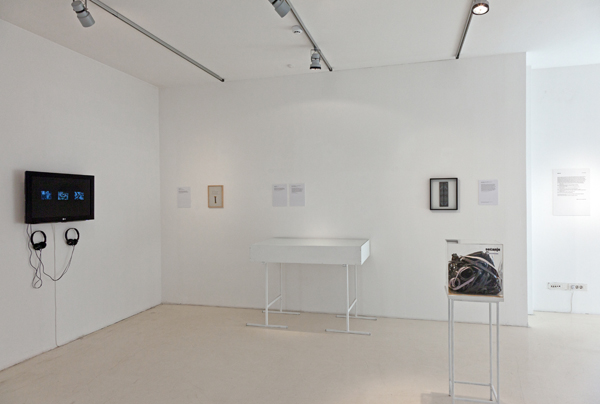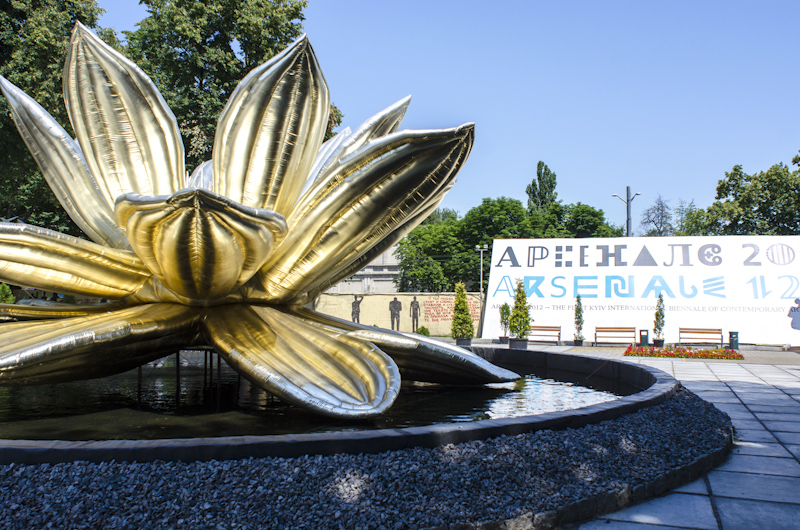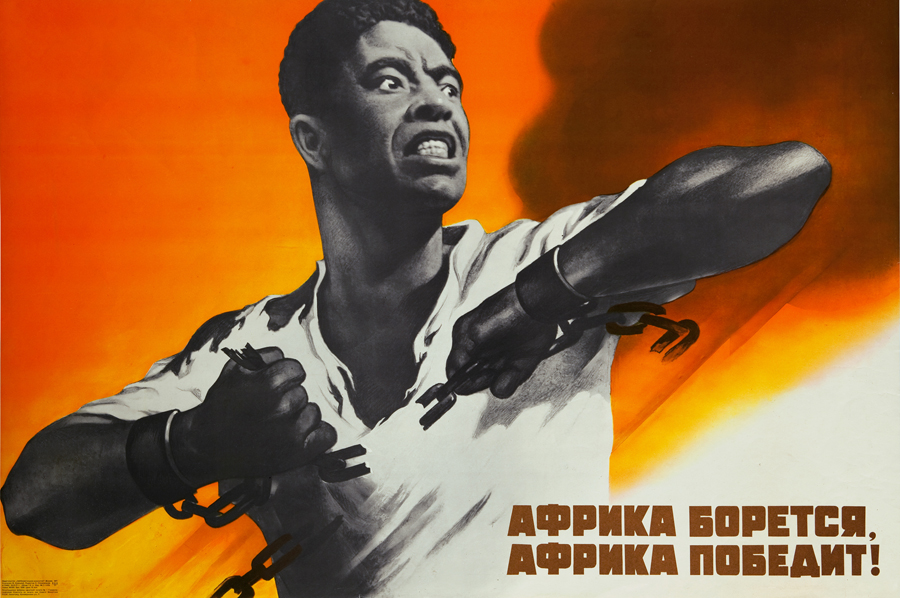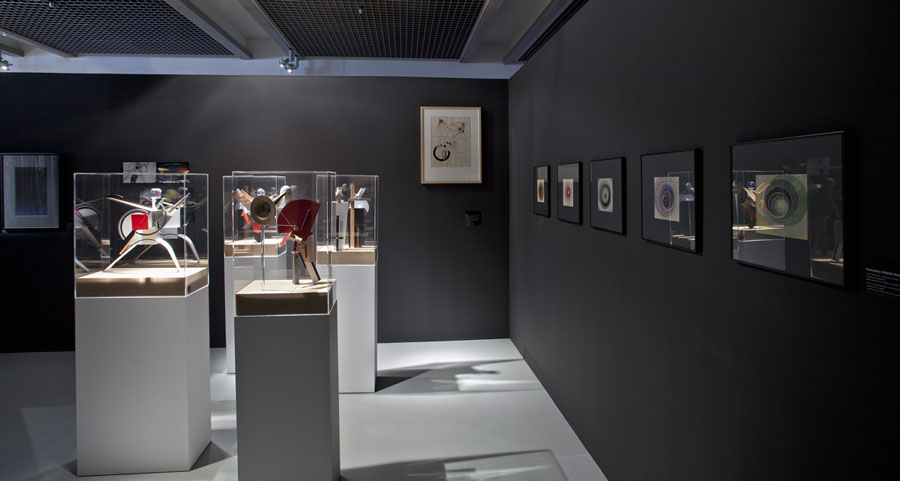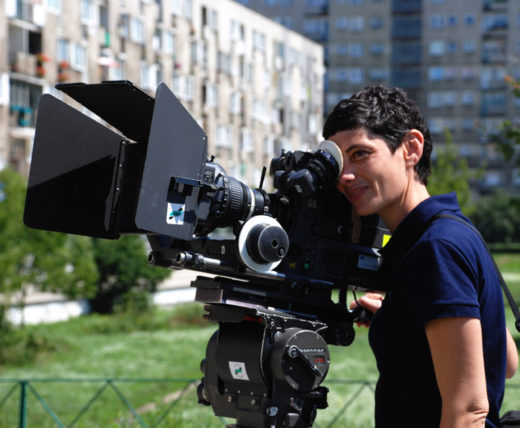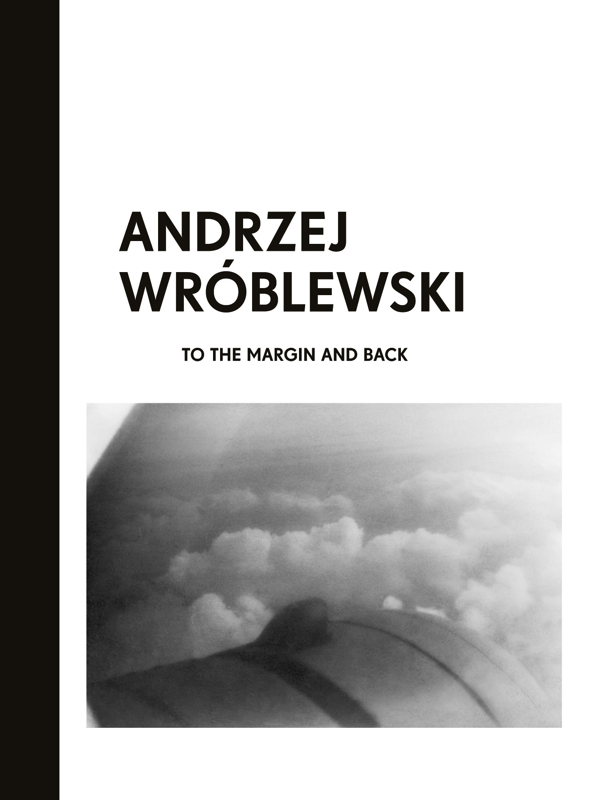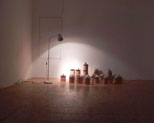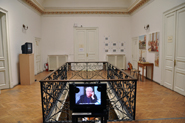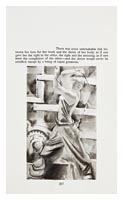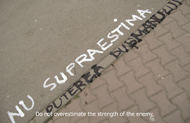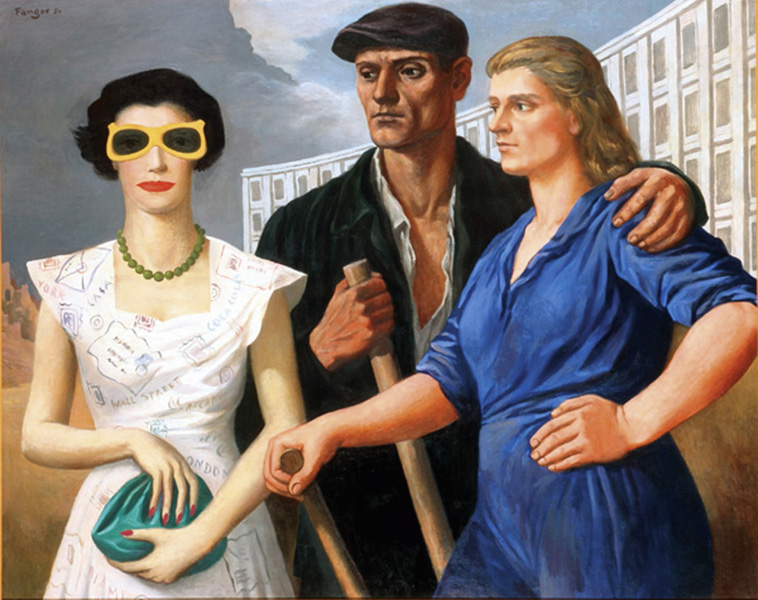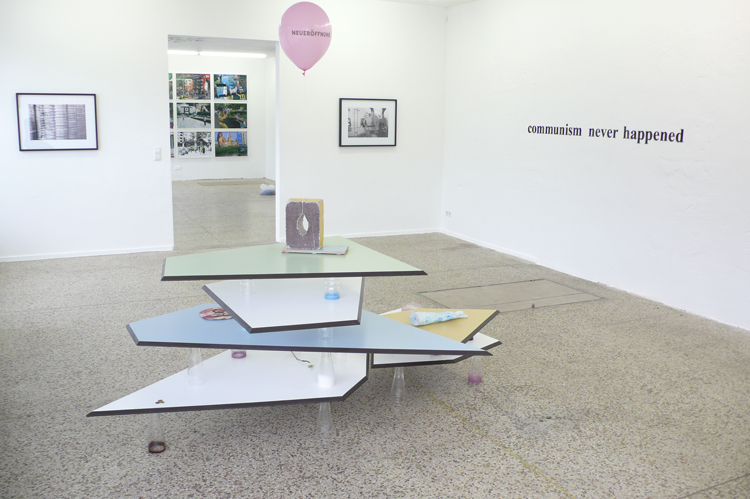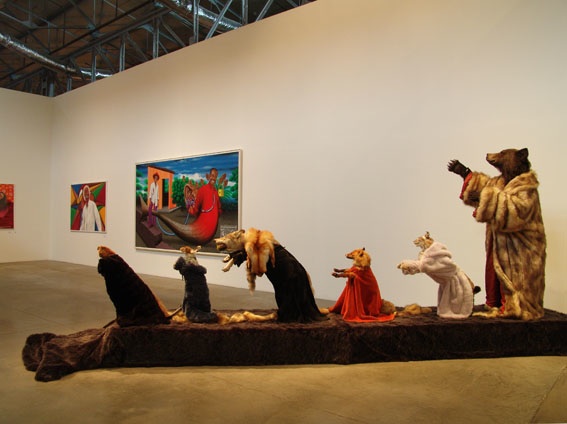Cinema by Other Means at MoCA, Belgrade
MUSEUM OF CONTEMPORARY ART, BELGRADE, JUNE 22 – SEPTEMBER 29, 2013
The Museum of Contemporary Art in Belgrade recently presented the exhibition Cinema by Other Means at the ?olakovi? Gallery, their off-site exhibition space. The gallery is named after Rodoljub ?olakovi?, a high-ranking party functionary in the Socialist Federal Republic of Yugoslavia and a man of letters. ?olakovi? wrote the book House of Lament in 1941 under the pen name Rudi R. Bosamac. This book was banned by the royalist authorities in the Kingdom of Yugoslavia for its socially critical views and exposé on the situation of political prisoners. ?olakovi? … Read more

